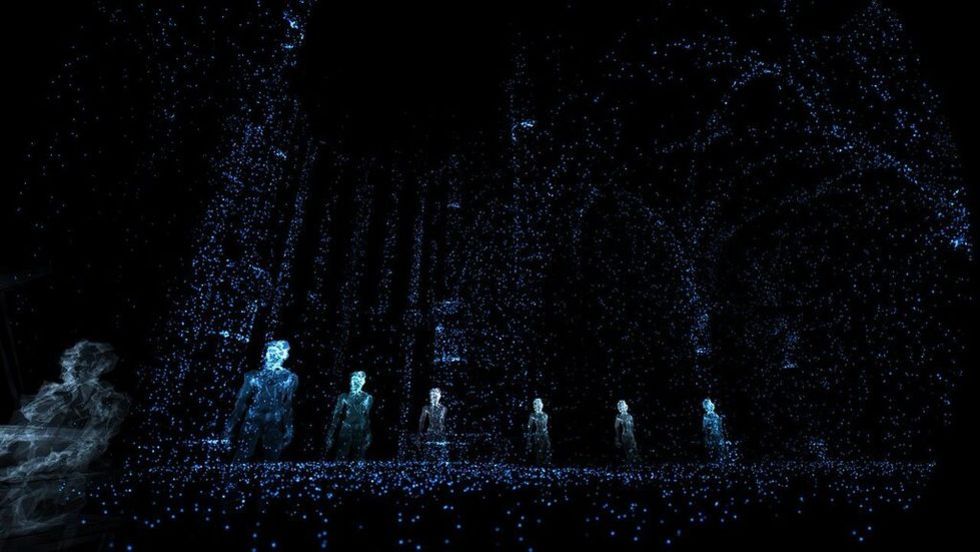Art, entertainment and technology converge at events like the Tribeca Film Festival, where creators find new ways to tell stories and communicate with each other. This year, the Festival features a number of virtual reality exhibits that range from experiencing “sight” as described by the audio diaries of a blind person (Notes on Blindness: Into Darkness) to the premiere of a humorous animated short film called Invasion! This takes interactive virtual reality exhibits even further with the debut of the VR Arcade, which launched earlier this week. These experiments give attendees a glimpse of what’s possible in the future, as use of the technology becomes more refined.
To get a deeper understanding of how VR technology is impacting the world of entertainment, [a]listdaily spoke to Opeyemi Olukemi, senior director of Interactive Programs at the Tribeca Film Institute. She explains that the immersion of VR could just be the start of something greater.
 How has VR become such an integral part of Tribeca Film Festival?
How has VR become such an integral part of Tribeca Film Festival?
Loren Hammonds has a good deal to say on this. I think that people are really inspired by what can be achieved in terms of immersion and losing yourself to story. Our founder, Jane Rosenthal, is a huge proponent of things that advance the way people connect and tell stories. And I think we’re just investigating, seeing what we like, playing with the public and keeping the pulse on culture. But I don’t think VR is the end-all, be-all. I think it’s the beginning of a much larger landscape of media and technology combined.
In what ways do you think the technology will grow in the future and impact entertainment and the way we communicate?
I always advocate that story should come first. Whenever you think of tech and then figure out it’s going to connect, things turn out a little bit iffy. I think technology will continue to evolve, in the same way a bicycle or pen might have once been considered very forward-thinking, but now it’s commonplace. It’s not necessarily that these new technologies are available, it’s the fact that the technologies that we have now allow us to connect at a greater capacity beyond our usual network.
What are some of the big exhibits that can be seen at the Tribeca Film Festival?
I have to give credit to my colleague, Ingrid Kopp. She has done fantastic work around Storyscapes, which are large-scale installations. My other colleague, Loren Hammonds, is launching the VR Arcade here at the Festival for the first time. I’m really excited to see that. Then we have TFI Interactive, which has the Playground that shows eighteen truly diverse tech focused and story ranging projects.
We keep growing. We started our platform about five years ago and expanded from one day to about eight now. So, we’re really proud of what we’ve accomplished and the community that has supported us.
With the immersion that VR offers right now, where do you think interactive technology has left to go?
Immersion without the headset.

